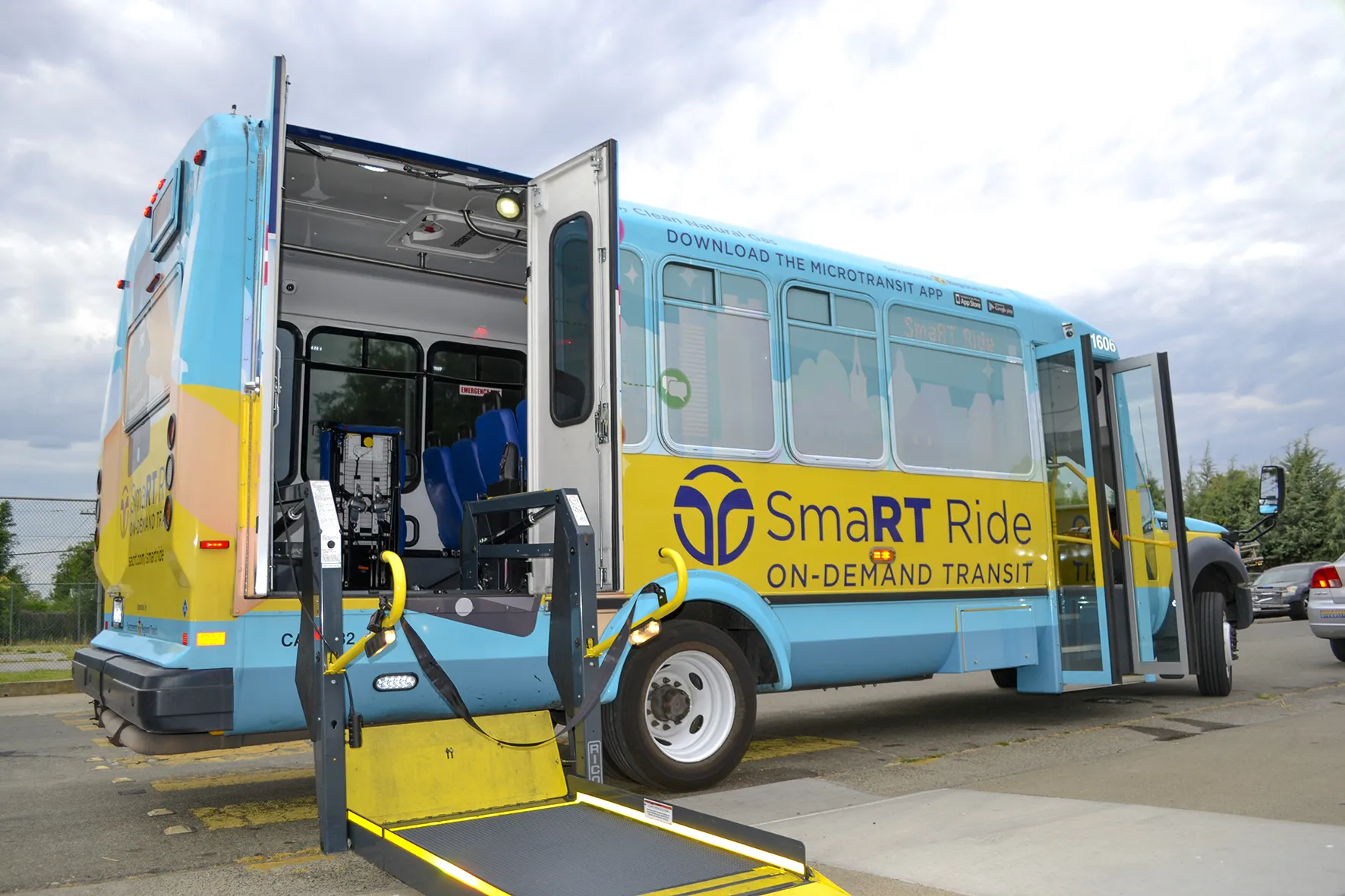Following last year’s trial on the Sunbus bus network on Queensland’s Sunshine Coast in Australia, Cubic Transportation Systems says its new NextBus real-time passenger information system has undergone a major expansion in the south east corner of the state.
This follows the official launch of the new system on 7 May, enabling NextBus to officially go live on thousands of bus and ferry services across the TransLink public transport system in south east Queensland.
Cubic replaced more than 2,500 driver
May 13, 2015
Read time: 2 mins
Following last year’s trial on the Sunbus bus network on Queensland’s Sunshine Coast in Australia, 378 Cubic Transportation Systems says its new NextBus real-time passenger information system has undergone a major expansion in the south east corner of the state.
This follows the official launch of the new system on 7 May, enabling NextBus to officially go live on thousands of bus and ferry services across the376 TransLink public transport system in south east Queensland.
Cubic replaced more than 2,500 driver console units with new devices on buses run by 19 transport operators. The new driver console units use GPS combined with mobile communications on each vehicle to track the exact location and movements of services, with arrival times updated every 30 seconds on the TransLink website.
Cubic designed, delivered and has managed TransLink’s go card fare collection operations since the system’s rollout was completed in 2008.
Queensland commuters can now accurately track bus and ferry services in real time through passenger information displays and mobile devices including smartphones, tablets or computers, taking the guesswork out of riding public transport.
Jim Perry, the chief operating officer of the Transit Australia Group (TAG), which owns Sunbus and is one of Australia’s largest privately owned transport operators said, “It’s clear that the rollout has been a success and that drivers and customers alike have embraced the system.
Cubic Transportation Systems Australasian managing director Tom Walker said this first deployment of the NextBus system outside of North America is a major landmark for the company, expanding Cubic’s services and capacities in the region.
This follows the official launch of the new system on 7 May, enabling NextBus to officially go live on thousands of bus and ferry services across the
Cubic replaced more than 2,500 driver console units with new devices on buses run by 19 transport operators. The new driver console units use GPS combined with mobile communications on each vehicle to track the exact location and movements of services, with arrival times updated every 30 seconds on the TransLink website.
Cubic designed, delivered and has managed TransLink’s go card fare collection operations since the system’s rollout was completed in 2008.
Queensland commuters can now accurately track bus and ferry services in real time through passenger information displays and mobile devices including smartphones, tablets or computers, taking the guesswork out of riding public transport.
Jim Perry, the chief operating officer of the Transit Australia Group (TAG), which owns Sunbus and is one of Australia’s largest privately owned transport operators said, “It’s clear that the rollout has been a success and that drivers and customers alike have embraced the system.
Cubic Transportation Systems Australasian managing director Tom Walker said this first deployment of the NextBus system outside of North America is a major landmark for the company, expanding Cubic’s services and capacities in the region.








